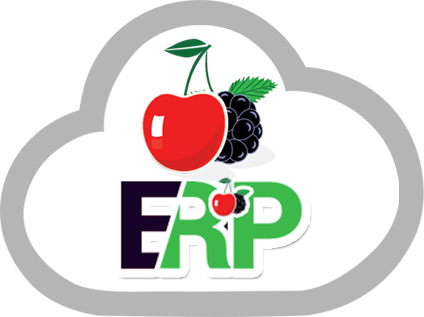
Tracking Time and Presence: An Automated Attendance Management System
Tracking employee time and attendance precisely is very important for all companies, yet the manual attendance system was time taking and fallible. Implementing an automated Attendance Management System can assist organisations through augmented precision, efficiency, productivity and insights. Further, in this article, we will analyze the advantages of automating the attendance tracking process.
Advantages of using an Attendance Management System:
Eliminating Manual Processes and Human Error
Previously, all companies used attendance registers that were manually filled out by the staff members and managers. This leaves room for accidental and purposeful errors, employees may lose track, forget to log hours or cannot recall exact times. Even if done correctly, manual systems then must be collected, interpreted and inputted correctly by the HR or payroll department, often a slow process taking days or longer to tabulate. This lag can cause payroll delays and inaccurate information. An automated attendance management system removes the risk of human error as clock-ins are automatically time-stamped with exact times. This data flows instantaneously into digital reports rather than waiting for compilation. Automation eliminates doubts over accuracy, delays, interpretation of handwriting, and lost forms. With an up-to-date view of departmental and employee attendance at their fingertips, managers can base scheduling and performance decisions on facts.
Improving Employee Productivity
Requiring manual timekeeping during busy shifts distracts from an employee’s regular duties. Some may even inadvertently (or intentionally) wait to clock in, wasting valuable time. Automated systems that use badge scanners or biometrics mean that employees simply have to swipe their finger or badge without interrupting their workflow. Their hours instantaneously flow to payroll – no more wasting time filling in forms. And because automated systems record exact times and durations, they eliminate rounding errors when employees estimate attendance. Continuous monitoring also reveals unexplained absences, extended breaks, frequent late starts etc. Managers can then address the root causes to improve workforce punctuality or change shift structures if needed. Ultimately, this gives back more productive time in the workday.
Data-driven Insights and Reporting:
The comprehensive data from an automated system allows organisations to analyse trends across the workforce – by employee, department, shift, day, or longer periods. Metrics and dashboards with attendance rate, overtime, schedules, and tardiness empower managers with rich insights to guide decisions. If certain days reflect low attendance, overtime costs, or unusual clock-in patterns – managers can investigate why and take informed actions to enhance efficiency. For example, a high absentee rate on Mondays may lead to further training or realigning of schedules. The precise attendance data uncovers usage patterns, staffing gaps, and helps foster a culture of punctuality. Analysis of these trends over time also supports longer-term workforce planning and budgeting for HR departments and C-level executives.
Centrally Managing Paid Time Off (PTO):
Remote or hybrid working is now standard for many companies, making it harder for HR staff to keep track of PTO requests across multiple platforms. An effective attendance system centralizes all employee leave and vacation requests in a single online portal. This self-service system grants PTO based on organizational policies and also makes it easier for managers to approve or deny requests faster than manual methods. This frees up HR teams to concentrate on higher value activities. Furthermore, once a request is approved, that leave is automatically excluded from the attendance records – avoiding any misinterpretation of such absences. Managers can get a view of team availability before scheduling based on requested PTO.
Conclusion:
Automating attendance processes through technology removes the inefficiencies of outdated tracking methods. CherryBerry ERP provides attendance management services with full precision. Precise, real-time data collection, rich insights, trend analysis, and centralized PTO management allow both operational managers and strategic executives to make data-backed decisions. A modern attendance management system promises streamlined payroll, enhanced productivity, and a more motivated workforce. The paybacks from automation and digital transformation in this space make it difficult to maintain slow paper-based procedures that waste time and hinder accuracy.
